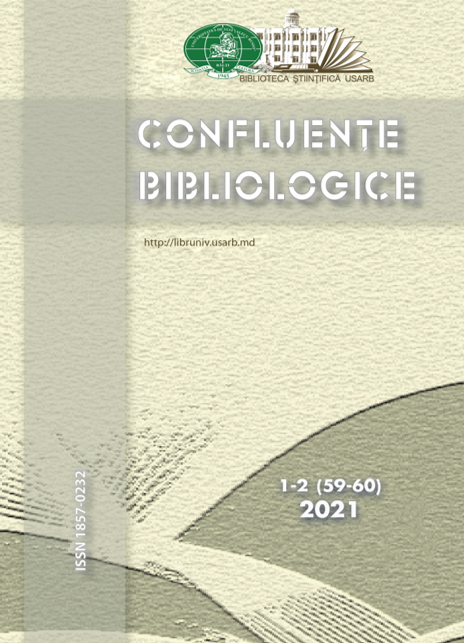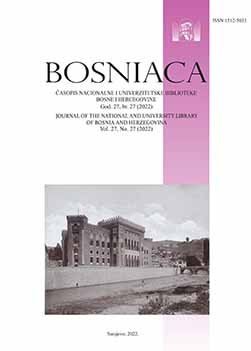
Challenges to the efficiency of libraries: the case of the Slovak public libraries
The current economic situation puts cultural sector performance under pressure in most European countries. On the one side, the demand for the quality of public services is rising, while on the other side, the budgets, especially for culture, are shrinking. This trend has been followed by introducing performance-based management into cultural institutions. In this regard, libraries may be considered as the best cultural institutions for introducing the techniques of benchmarking the performance of the organisation. They provide statistics about their visitors and loans of the books which can be reliable sources for measurement of their output and input indicators. The objective of the paper was to identify key indicators suitable for analysing efficiency based on available cultural statistics in Slovakia (which ended up with 2017 at the time of research) using the non-parametric frontier method of data envelopment analysis (DEA). In the research, three models are estimated. The first model is an over-parametrized model involving all available variables. In the second one, loan efficiency is examined. The third model focuses on financing efficiency. The findings show that the efficiency of libraries differs significantly in the three examined models. Percentage of efficient public libraries in the specialized models two and three is lower than in case of the first model (5.57% and 9.11% vs. 12.92%). It clearly points to the fields of the Slovak public libraries’ management which need improvement, namely: low circulation, low number of users in connection with high current expenditure and large floor space. As this research is the first complex analysis of the efficiency of all Slovak libraries, the findings can be helpful in practice for improving their performance management.
More...











